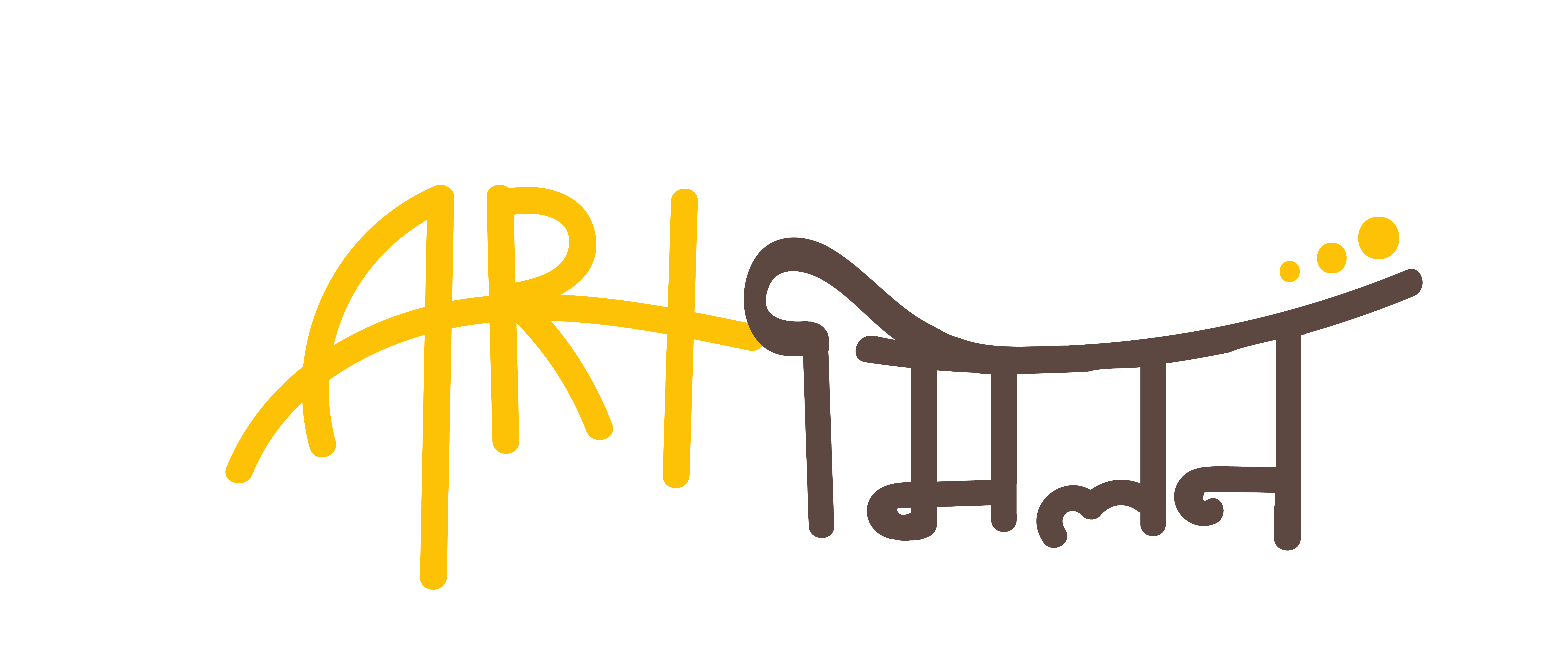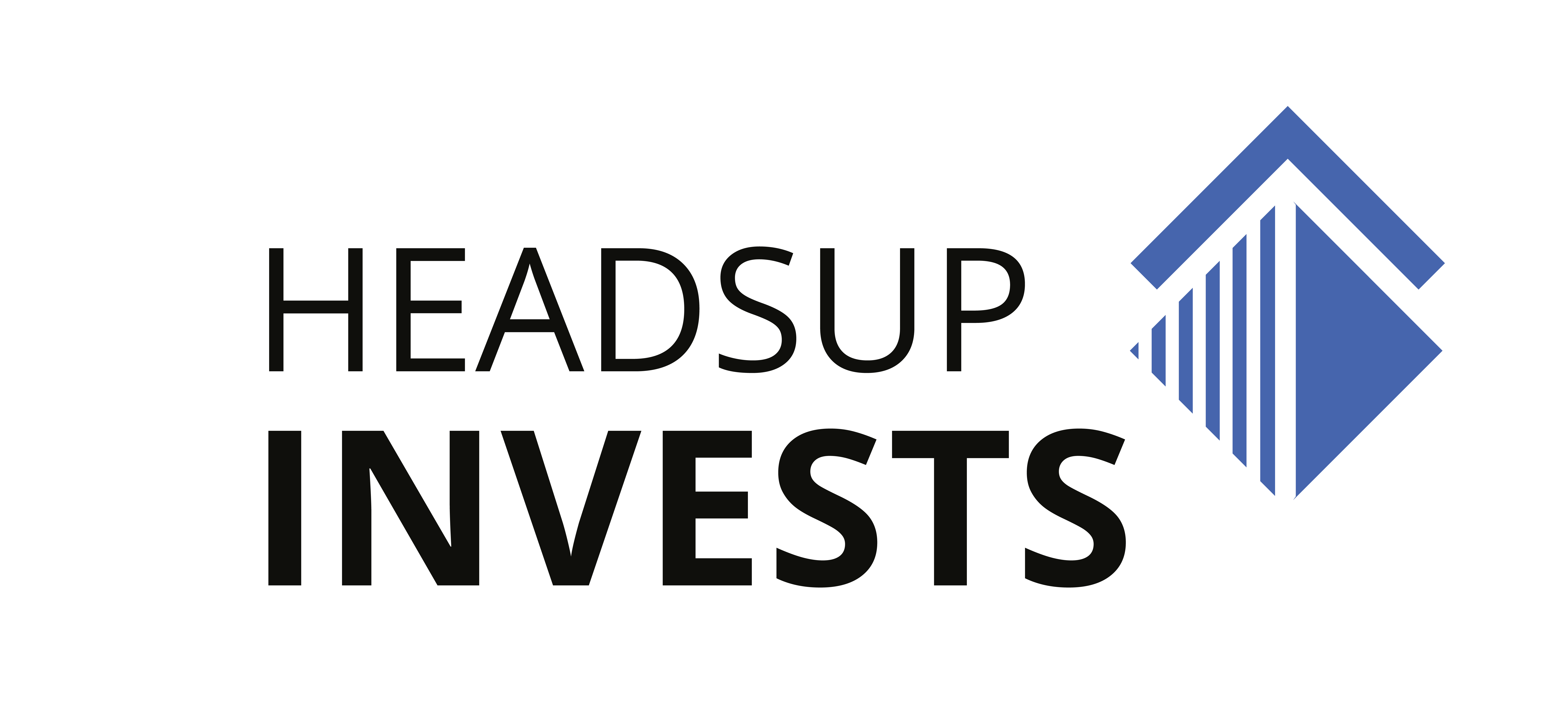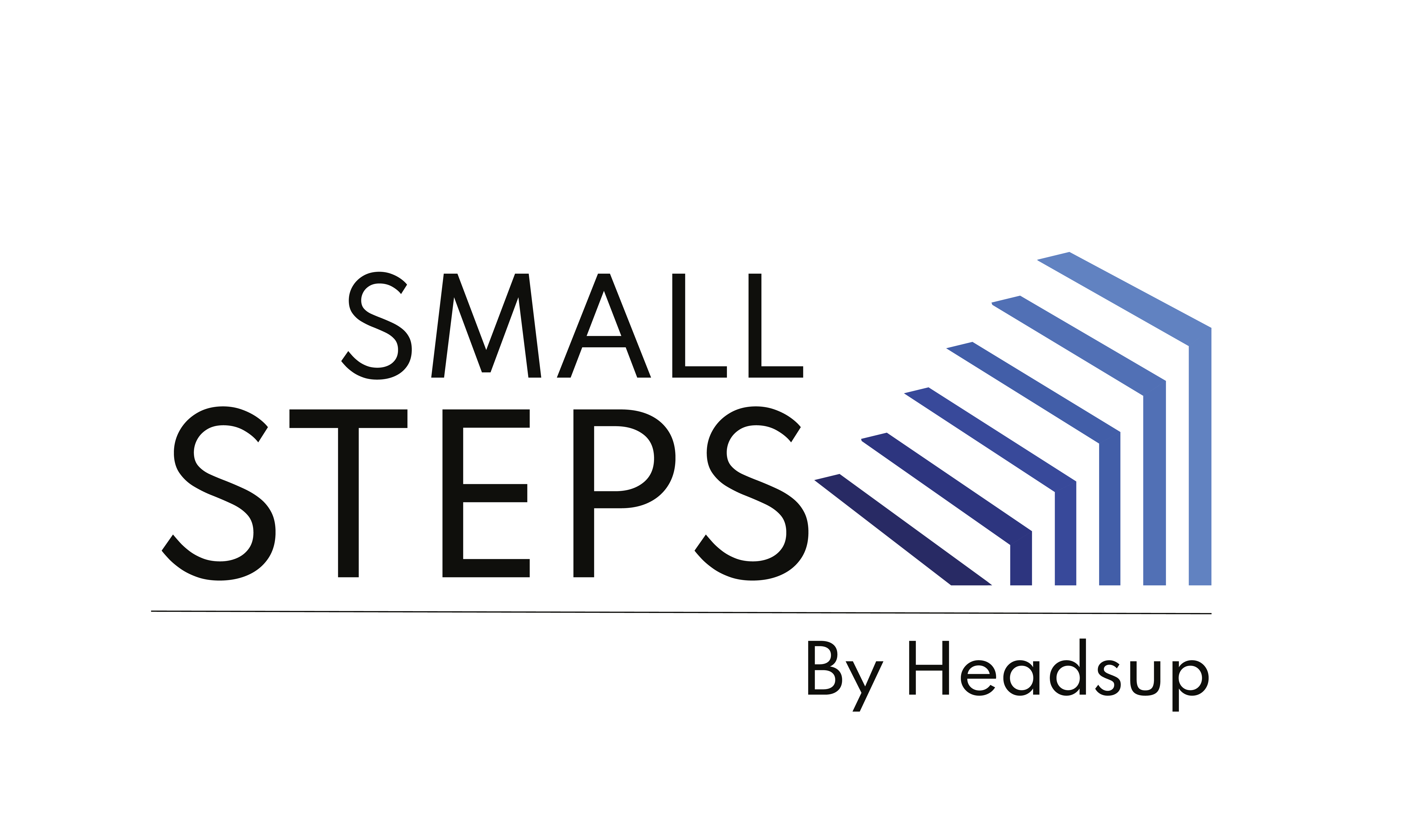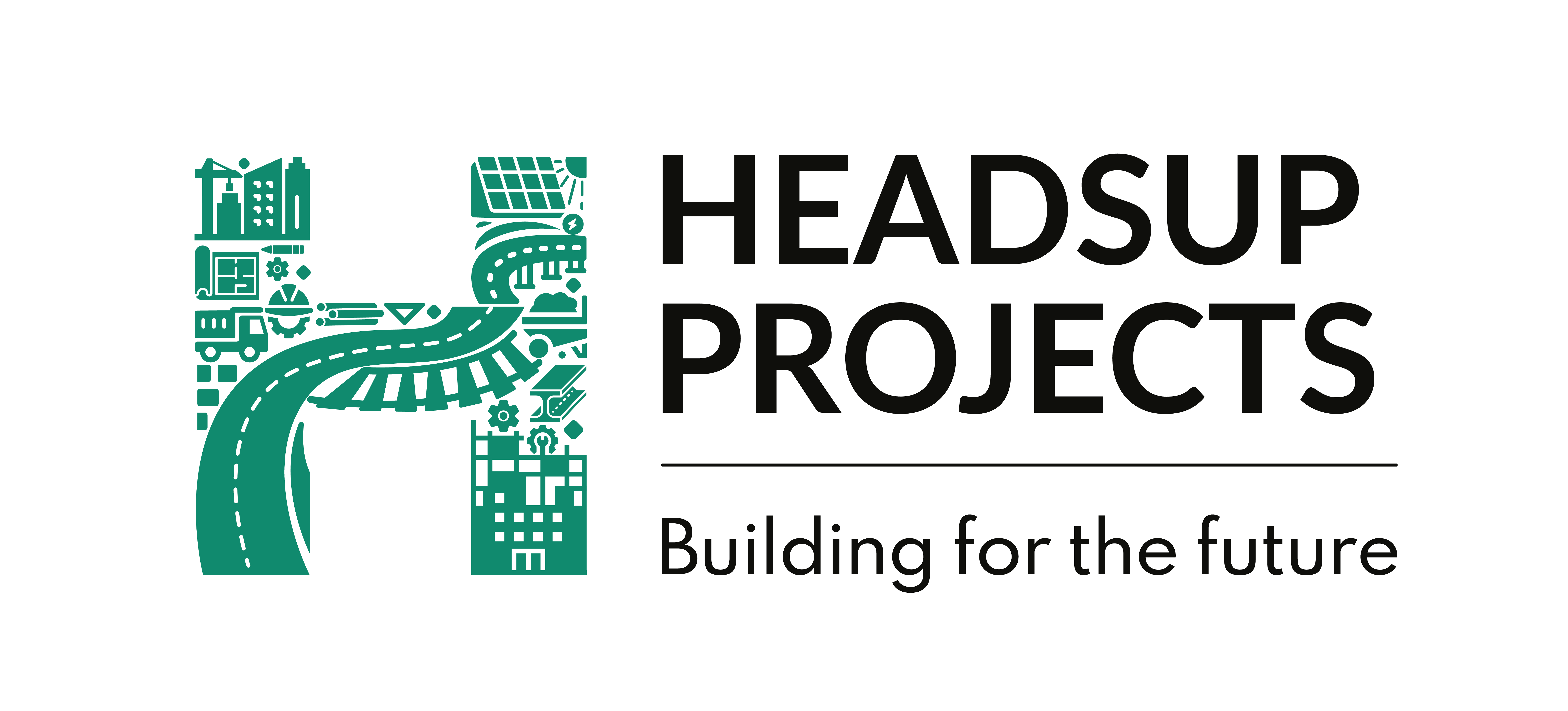Much like how the sudden transition to remote work was undeniably riddled with stressful challenges of its own, the gradual change back to onsite work will have hurdles of its own. As regions have slowly started opening up, the change in lifestyle and etiquette practices will also have to be taken into consideration. Resuming work after the pandemic might be daunting, uncomfortable, and worrying for all involved.

To ease this switch, HR teams will need to step in by changing policies, the physical office space, and their approach to handling employee relations according to the new situation. There are several ways the HR teams can smoothly guide the transition effectively while making the employees feel safe and supported at the same time.
Ensuring Workplace Health & Safety
Health and safety will need to be a primary focus for the HR team to ensure that the workplace is secure for employees to work in. This means that on-site safeguards are a must, including sanitizers, masks, social distancing, and employee temperature screening, and vigorous regular cleaning schedules for facilities and buildings. Employees can also be at risk while commuting or interacting with each other and their clients so it’ll be important to evaluate and respond accordingly and proactively to such risks.
A few of the recommended actions to be taken by the HR team would be
- To ensure social distancing and avoid “hot desking”, by reducing the number of people with shared desks and workspaces or counters.
- Increasing distancing between assembly line workers through the allocation of more time in between different shifts and reducing production expectations.
- Providing alternative transportation like shuttle buses so that employees can avoid all the exposure they’d face on public commutes

Staggering Workplace Return in Phases
Most workplaces that have started reopening their office spaces for onsite work have been doing so in several phases rather than a complete reversal to the pre-pandemic stage. The HR team along with business directors can decide who will return and at what rate depending on government guidelines and the type of work to employee preferences.
The HR can sequence the phases of return by utilizing the workforce analysis from their HR pandemic procedures and plans which should have a formal division of the employees according to their activities, skill sets, and roles, along with how well they work remotely.
It would also be advised for HR to make the employees feel comfortable about the return and show them it’s safe by planning the return of leadership teams first and then by asking the employees who were willing to return.

Maintenance of Communication
HR should leverage all the available channels of communication to keep proactive and frequent contact with the employees about their return plans. The employees should be allowed to freely express any concerns they might have about returning.
It will also be important to keep soliciting employee feedback about the work experience and how they feel about the safety level and measures to mitigate risks taken by the company. Employees can feel reassured and acknowledged in this way and even share any improvement ideas or suggestions of their own.

Incorporate Successful Lockdown Practices
The lockdown brought about a lot of crisis responses that resulted in the development of highly evolved productive workarounds and behaviors that can be incorporated into everyday practices after employees begin resuming working at traditional office workspaces.
HR teams can update such processes that contribute to employee productivity by formalizing them. For instance, several virtual tools deployed for remote office work can be also be used in “normal” business routines to boost productivity and increase cost benefits.

Mental Health Support
The prolonged period of self-isolation and quarantine during the pandemic may have affected employees’ mental health. HR teams should be mindful of the potential consequences of this and be well prepared with resources to provide support to their employees.
The managers should be informed about mental health effects and monitor their employees as getting back to a normal work routine can be difficult. Struggling employees must be given the help they might need. The HR team can gather mental health resources and ensure their availability along with integrating mental health leaves, etc. into company policy.

Planning for disruption
Since the current situation regarding the pandemic and the lockdown is continually ever-changing, it would be best that HR teams anticipate and plan for any kind of disruptions that might take place even after offices have opened up. They need to be ready to respond and react repeatedly as the state of affairs develops.

Several organizations reopened but had to close down again due to the spike in the COVID-19 crisis. So, to combat this, HR leaders should be well-prepared with strategies and protocols for different kinds of situations, such as keeping the technology updated and the remote-work policies fortified in case of a change in the circumstances.







